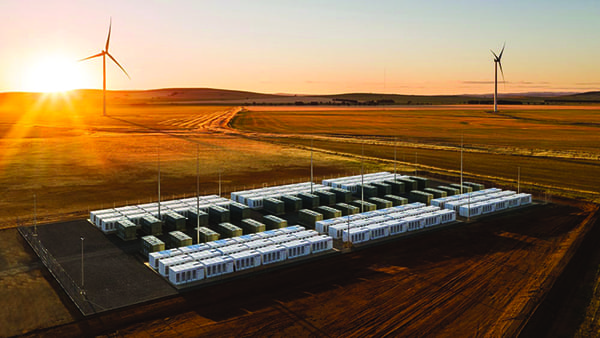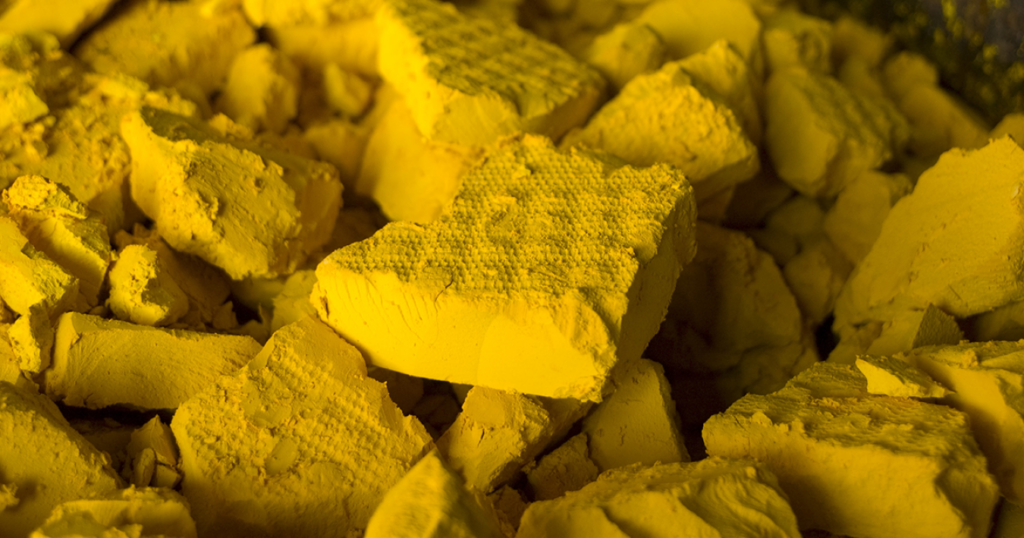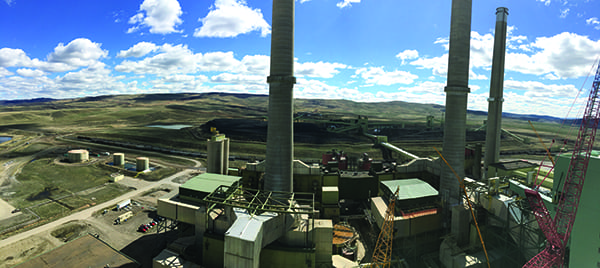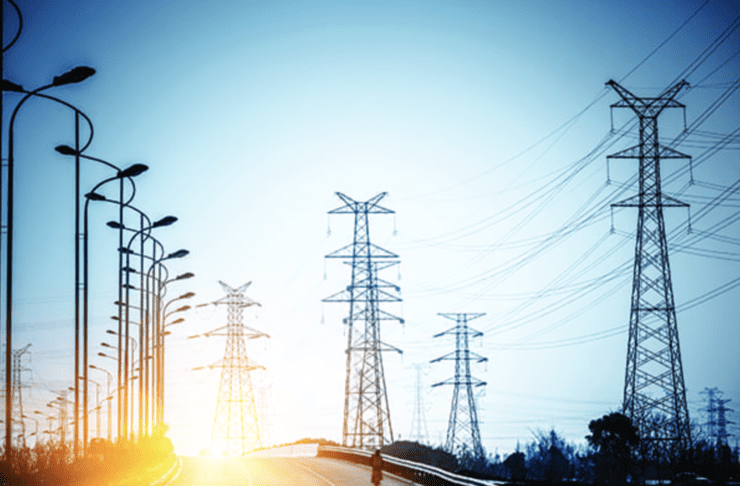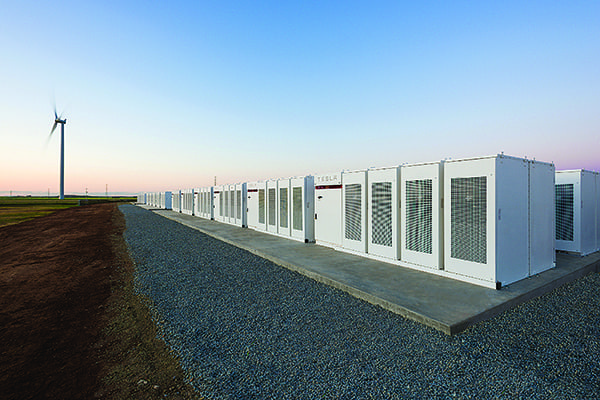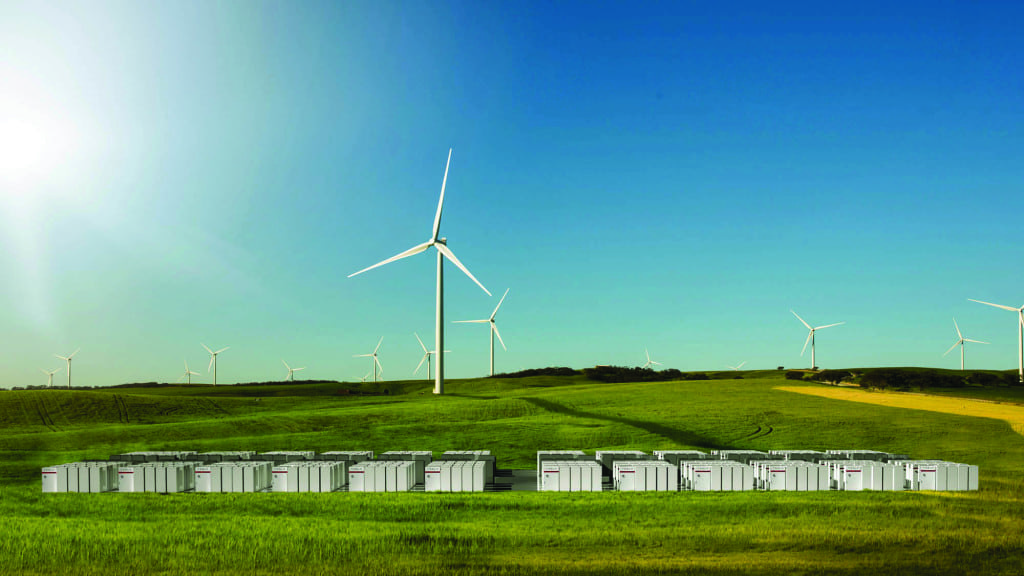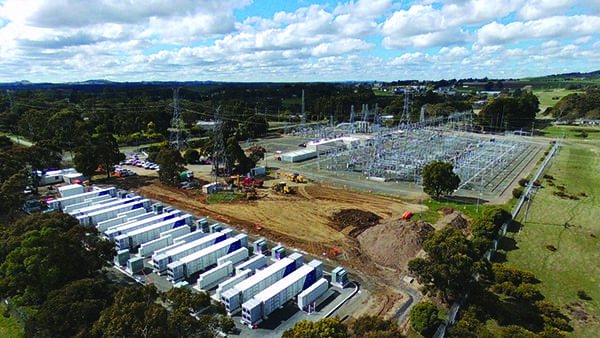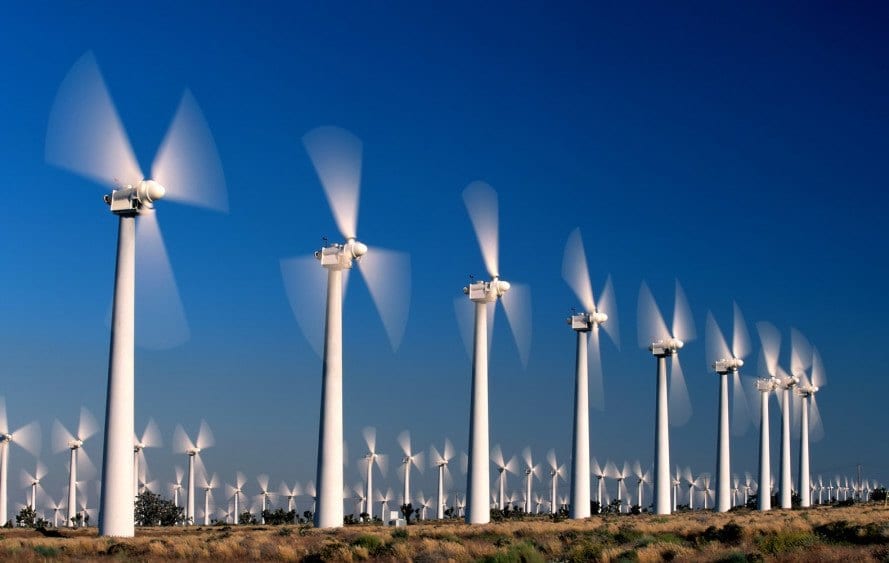The project to build one of the world’s largest lithium-ion battery storage systems started out as a bet—on Twitter. Last March, Tesla CEO Elon Musk tweeted to Australian billionaire Mike Cannon-Brookes, CEO of software company Atlassian, that Tesla could get a massive 100-MW/129-MWh energy storage system installed and working in 100 days, and he did.
The proposal was to help mitigate a chronic power shortage South Australia faced after the state shut down its last coal-fired power plant in 2016. The aging Northern power station in Port Augusta had been rendered uneconomical by an oversupply of generation, owing partly to a surge in renewables that was encouraged by the state. Though reeled by a series of blackouts—including during the summer of 2017—the state stuck doggedly to an energy plan introduced in March that sought to cut its reliance on an electricity interconnector with eastern Australia feeding it coal power, stressing it wanted to produce its own power from wind, solar, and natural gas (for more on South Australia’s energy plan, see “After Blackout, South Australia Wrests Control of Its Power Security” in POWER’s May 2017 issue).
A major facet of that energy plan entailed the construction of the country’s largest grid-connected battery. For Musk, who is known for his ambitious entrepreneurial style, the challenge was seemingly irresistible. In March, Cannon-Brookes asked Musk via Twitter how serious he was about the bet. Musk responded, “Tesla will get the system installed and working 100 days from contract signature or it is free. That serious enough for you?” Cannon-Brookes replied, “legend! You’re on mate. Give me 7 days to try sort out politics & funding. [Direct message] me a quote for approx 100MW cost—mates rates!”
Tesla will get the system installed and working 100 days from contract signature or it is free. That serious enough for you?
— Elon Musk (@elonmusk) March 10, 2017
By July 6, after a competitive bidding process, South Australia’s Premier Jay Weatherhill announced an agreement between the state government and California-based Tesla to install 640 Powerpacks (Figure 1)—roughly the amount of battery power used in 1,300 Tesla Model S P100Ds. The system was paired with the 100-MW Hornsdale Wind Farm to be built near Jamestown by private French firm Neoen. And by September 29, when the contract was officially signed, Tesla was already halfway through construction. By November 23, the project had been completed.
According to the company, the battery system will operate continuously and charge using renewable energy from the wind farm, ultimately serving as back-up power in the event of energy instability from local utilities. The Tesla Powerpack 2 units have a 15-year warranty, though Tesla said the batteries would retain a majority of their capacity after that period and would likely be capable of operating beyond it depending on market conditions and other factors.
According to Weatherhill, the gamble will pay off for South Australia. South Australia’s wind power at times exceeds 50% of power needs, and sometimes requires curtailment. The Tesla/Neoen proposal also emerged as the winning bidder for 90 expressions of interest, owing to similar projects Tesla installed in California on a timetable similar to that required by the state.
“Neoen and Tesla approached the State Government with their bold plan to deliver this project, and they have met all of their commitments, ensuring South Australia has back up power this summer,” Weatherhill said on December 1 at the official launch of the project. “This means that, for the first time, clean and affordable wind energy can be dispatched to the grid 24 hours a day, 7 days a week, whether the wind is blowing or not, improving system reliability.”
—Sonal Patel is a POWER associate editor.

